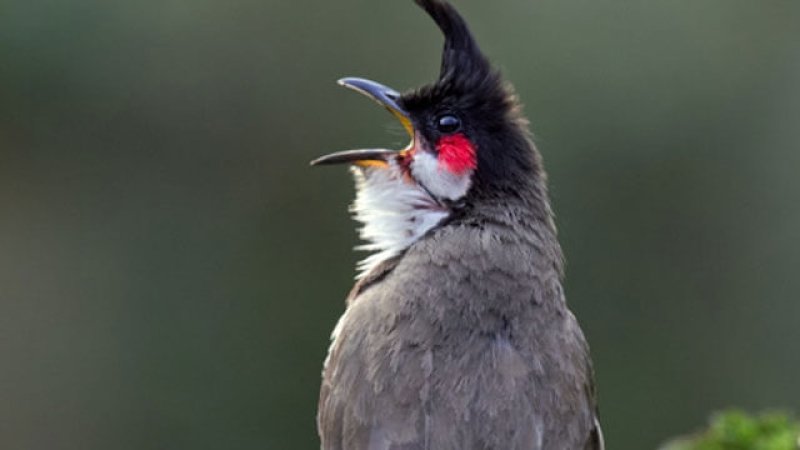If you listen closely to the sound of birds chirping, you’ll hear that they’re taking turns. The same goes for croaking frogs and dolphin whistles. Fireflies flirt in alternating flashes, called “courtship dialogues.” And monkey parents will refuse to respond to offspring if they’re interrupted.
Scientists have long observed that creatures seem to convey a wide array of information in their exchanges. Up until now, however, the research on how different species communicate has been fractured. A new study in the Philosophical Transactions of the Royal Society B examines over 50 years of work on animal exchanges on land, in the sea, and in the sky, in an attempt to “peel away the layers” that make human language so elusive.
…
The researchers propose a framework for further research on all non-human animals that focuses on four key elements characterizing human social action during conversation: Flexibility of turn-taking organization; who takes the next turn; when responses occur; what the next turn does. Looking at animal behavior in the context of human language and social behaviors could shed light on how our tongues evolved, apart from unifying animal conversation studies.
We may yet learn that the birds and the beetles are doing much more than wooing each other or signaling danger when exchanging calls and clicks.
Read full, original post: The chatter of birds, frogs, monkeys, and bugs may illuminate the evolution of human language































